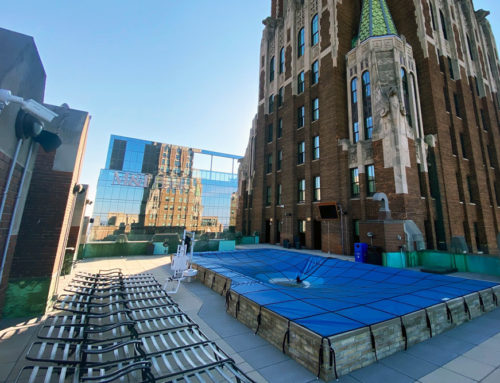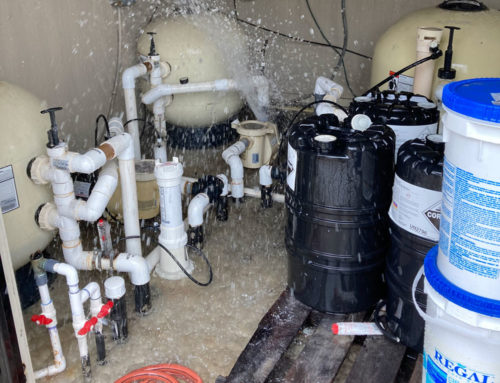Before pools, your only hope for cooling off in the summer – especially in the sun-drenched parts of southern California – was to take a trip to the beach. However, years of pool construction expertise have allowed families to build swimming holes in their backyards and city officials to dot their municipalities with state-of-the-art commercial facilities. It seemed that pools had taken an experience only Mother Nature could provide and made it even more convenient.
The Earth has odd ways of fighting back, though, and California’s current extended drought is affecting the way pool construction services are doing business in their once-thriving markets. Due to regulations passed in an effort to conserve the state’s water, many pool construction companies are refocusing toward repairs and maintenance – at least until the drought is over, CBS Los Angeles reported.
‘Water’ you doing to help?
For California’s water resources, the pinch is on. Towns like Pleasanton and Livermore have instituted mandatory 25 percent rollbacks on water usage as well as fines for failing to reach that benchmark, the San Jose Mercury News reported. In the most dramatic example of the state’s attempt to curtail wanton water use, the Bella Vista Water District in northern California rationed water out to residents at only 50 gallons per day. Overall, this produced a 50.7 percent water savings.
But what effect has this drawback on water use had on the pools throughout California?
“Thirty-seven cities or water districts statewide have implemented some level of restrictions on swimming pools,” Jennifer Persike, spokeswoman for the Association of California Water Agencies told CBS Los Angeles.
Persike explained that most of these regulations focus on mandating covers for pools to reduce evaporation, but this hasn’t stopped some pool owners from giving up on their pools until the drought is over. Homeowners and facility managers may be able to stomach a few months with a place to take a dip, but pool construction services need a thriving landscape of pools to survive.
Alan Smith, owner of a pool plastering company based out of Orange County, told CBS Los Angeles that instead of construction projects, he’s refocused toward pool maintenance and repair. Over the last year, Smith has drained and patched up about 900 pools in Orange County. Still, this hasn’t alleviated all of Smith’s drought-related fears.
“Everybody’s concerned,” he said. “What if the drought goes another three, four, five years? You have to have a contingency plan in place and that’s what we’re talking about here.”
How long will it last?
It’s almost impossible to estimate how long this current drought will continue to affect California, but researchers from the University of California Davis Center for Watershed Activities created a computer simulation of a “mega-drought” that significantly reduced the state’s available groundwater supply for 72 years.
Their conclusions? It’d be tough, but the state would make it out alive.
Water rates would rise, suburban lawns would be forced to fall by the wayside, but advanced irrigation techniques and ultra-efficient usage methods would allow the Californian economy and agricultural industry to continue largely uninterrupted.
If anything, a 72-year drought might make pools even more appealing.





